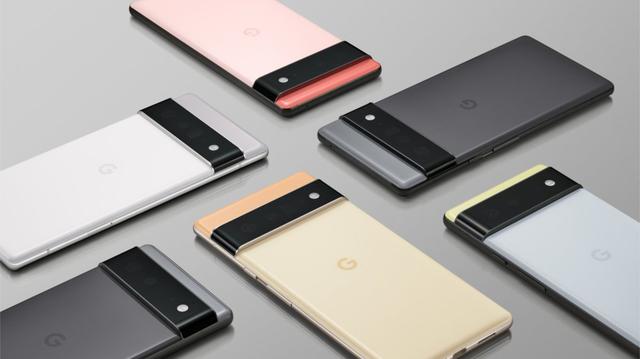In the wonderful world of Android, updates are a tricky subject. Many phones are software abandoned by their manufacturers, just a few years after their release. To make an informed choice, here is what the Samsungs, Googles and other Xiaomis of this world promise.
Software tracking has become an essential feature to consider when buying a smartphone. A regularly updated phone is better protected against malware, in addition to having a longer lifespan. But in the world of Android, it is often difficult to see clearly on this point.
Here is what we know about the commitments of each manufacturer.
Security update / Major update
Before detailing the policy of each manufacturer regarding Android software monitoring, it is essential to make a distinction between the different update mechanisms offered by Google OS.
Android phones have two separate update channels.
To find out what the latest security update is installed on your phone, or what version of the OS you are on, go to Settings, System, System update.
While system updates bring more new things and attract more attention, security updates are more important. Even if you don't have the latest hot feature, being up to date on security patches means your phone is protected and you can use it safely for longer. This is precisely why Google has split this update channel. When a manufacturer commits to a certain update duration, it generally speaks of security updates.
Google — 3 to 5 years
Unsurprisingly, among the good students in software tracking, we find Google. No wonder, since the search giant is the company that develops the operating system.

The Pixel 6 will be entitled to 5 years of software monitoring // Source: Google
Until now, Google has offered security updates on its Pixels for "at least three years from the date the device was first made available on the Google Store in the United States" . This should change soon. The Pixel 6 and 6 Pro, which will be presented on October 19, 2021, will be entitled to 5 years of security updates.
Samsung — 4 years old
Just behind Google, we find Samsung among the top of the class. In early 2021, the Korean manufacturer announced that its Galaxy devices (Z, S, Note, A, XCover and Tab) released since 2019 will be entitled to 4 years of security updates.
The manufacturer's foldable phones are also affected. The world's largest phone manufacturer promises updates "on a monthly, quarterly or semi-annual basis". Regarding its other ranges of mobiles, Samsung has not made a firm commitment.
OnePlus / Oppo — 3 to 4 years
OnePlus and Oppo have recently merged their development efforts to offer " better tracking software for phones ". From this joint effort was born an update schedule which is as follows:
Vivo — 3 years (X series only)
Less known than Oppo and Xiaomi, the Chinese manufacturer Vivo has also detailed its update schedule. Or rather, a very small part of its update schedule.
In a press release dated May 2021, the firm announced that it would provide three years of major updates and security updates… for its high-end mobiles only. More specifically, for the Vivo X series. The latter includes the Vivo X51 and Vivo X60.
It's unclear what treatment is in store for the rest of the Vivo phones.
Nokia — 2 to 3 years
Nokia phones (now manufactured by HMD Global) offer between two and three years of updating.
Xiaomi — 2 years
Xiaomi has dedicated a page on its site to the issue of updates. On the latter, the manufacturer indicates that it provides "monthly or quarterly updates for at least 2 years" after a phone has been put on the market.
The Xiaomi Mi 11 Ultra
Source: XiaomiThe Xiaomi Mi 11 series seems to be an exception. In September 2021, the company announced that mobiles in this family will receive 3 major updates and 4 years of security updates. This policy does not include, "for the moment", the manufacturer's other devices.
Motorola — 2 years
For its latest series of high-end smartphones (the Edge 20), Motorola will offer two major Android updates and two years of security updates .
The manufacturer has not communicated on the rest of its catalog, but it is very likely that no other mobile will offer more than two years of follow-up.
The Huawei case
Since Huawei was blacklisted by the United States, the manufacturer can no longer install Android on its phones. While some mobiles have continued to receive updates since then, none of the manufacturer's smartphones will see Android 12.
Huawei has started installing its in-house OS (HarmonyOS) on its smartphones, but has not made a firm commitment as to the duration of updates.
Progress, could do better
While Android update tracking has improved in recent years, the market is far from flawless. For economic and ecological reasons, our mobiles should be supported in software for much longer than that. Having to change your phone after two years, because your mobile is no longer protected against security threats, is absurd.
The task is not impossible. The proof, Apple is rolling out updates to 7-year-old phones. Granted, the company has a big advantage since it builds the hardware and the software (which most Android makers don't), but even Google, which is in a similar situation to Apple does not promise such a long follow-up.
In short, while there is some improvement today, significant progress still remains to be made in this area.
Learn more about xiaomi
